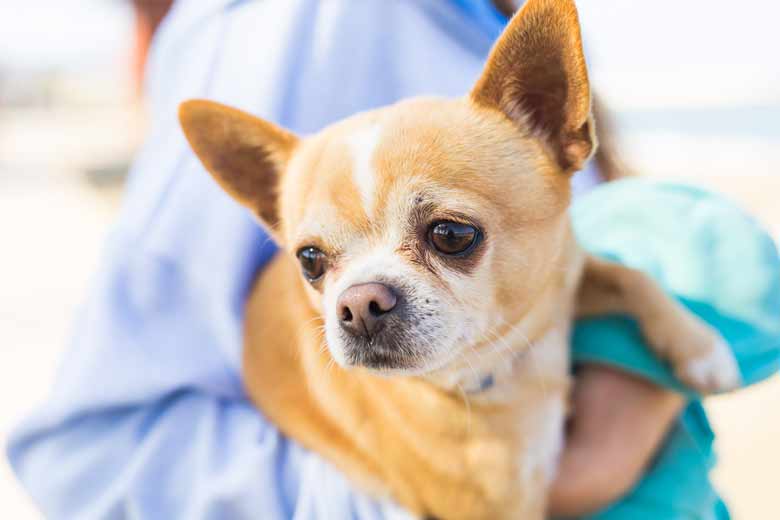
TO NEUTER OR NOT TO NEUTER – THAT IS THE QUESTION
Many clients ask us whether they should desex their pets, and what the pros and cons are.
Desexing and neutering are terms used for the surgical removal of reproductive organs of males and females.
WHAT ARE THE ADVANTAGES OF DESEXING MY PET?
Speying
This is the neutering of female animals. The reasons for speying our pets are:
- Preventing unwanted pregnancy.
- Prevention of health problems associated with the female reproductive tract.
- Mammary tumours are much less likely. This is true regardless of the age your pet is when desexed, but if your female dog is less than 6 months old when speyed her risk of mammary tumours remains 1/200, the same risk as in male dogs. If your female dog has even one cycle or “season”, her risk of mammary tumours increases.
- Infection of the uterus (called pyometra), which is a life-threatening condition seen in our older non desexed females and fatal if left untreated. Treatment of pyometra involves neutering at a time when the patient is older and seriously ill, with the high risk of rupture of the uterus and peritonitis. The risks involved are obviously much greater than in a young, healthy pet.
- Your pet will not cycle (come into season). When female dogs come into season, they drip blood from the vulva for 1-3 weeks, and attract every undesexed male dog from miles around. She usually becomes promiscuous, and often they attempt to escape, even if she has never done this before. Cats “in heat” display the overly friendly behaviour, often presenting their rear ends to owners or visitors! They constantly vocalise and try to escape, especially at night.
Castration
This is the neutering of male animals.The reasons for castration of our pets are:
- Territorial behaviour is reduced. With dogs we frequently see them trying to escape from your yard (digging or jumping out) and wandering the neighbourhood. Undesexed male dogs also lift their leg to urinate on objects much more frequently, sometimes inside the house. In cats this is seen as wandering, with a non desexed male cat disappearing for days at a time, and usually returning with wounds from fighting. Undesexed male cats also spray urine in and around the house and have a strong pungent smell.
- Escaping. Undesexed males are much more likely to try to escape as they look for undesexed females. Commonly resulting in hit by car accidents and ending up at the pound.
- Testicular tumours are not seen. These are common in older non-desexed males.
- The risk of prostatic disease is greatly reduced in desexed animals, but relatively frequently seen in older non-desexed patients.
- No chance of siring pups or kittens.
What Are The Disadvantages Of Desexing My Pet?
The only disadvantage to desexing is the drop in metabolic rate. This means that less food is required to maintain the same body weight. Desexing itself does not cause obesity. We can help you with your pet’s diet to ensure that he or she gets the right type of food for his or her life stage, and the right quantity, to ensure they don’t become obese.
When To Desex
- Neutering is usually done at 5-6 months of age. Older animals that have finished breeding still derive benefits from desexing once their breeding careers have finished.
- Desexing before animals have reached sexual maturity helps reduce mammary tumours in females, and helps prevent the development of aggression.
- Speying your female pet before or when she is not in season is preferred.
The Operation
Speying involves entering the abdominal cavity and complete removal of the ovaries and uterus (an ovariohysterectomy). Castration involves removal of the testicles through a skin incision just in front of the scrotum in dogs, or over the scrotum in cats. The operations are performed under a general anaesthetic. Your pet will be given a pain relief injection to ensure analgesia and rapid recovery after the surgery.
Usually patients are in our hospital for the day of surgery only, going home the same evening. Most patients recover very quickly. One of the biggest problems owners face is ensuring the pet is kept quiet with reduced activity, as the pets feel normal within a couple of days, and don’t understand that they have to keep quiet with no running and jumping for 2 weeks.